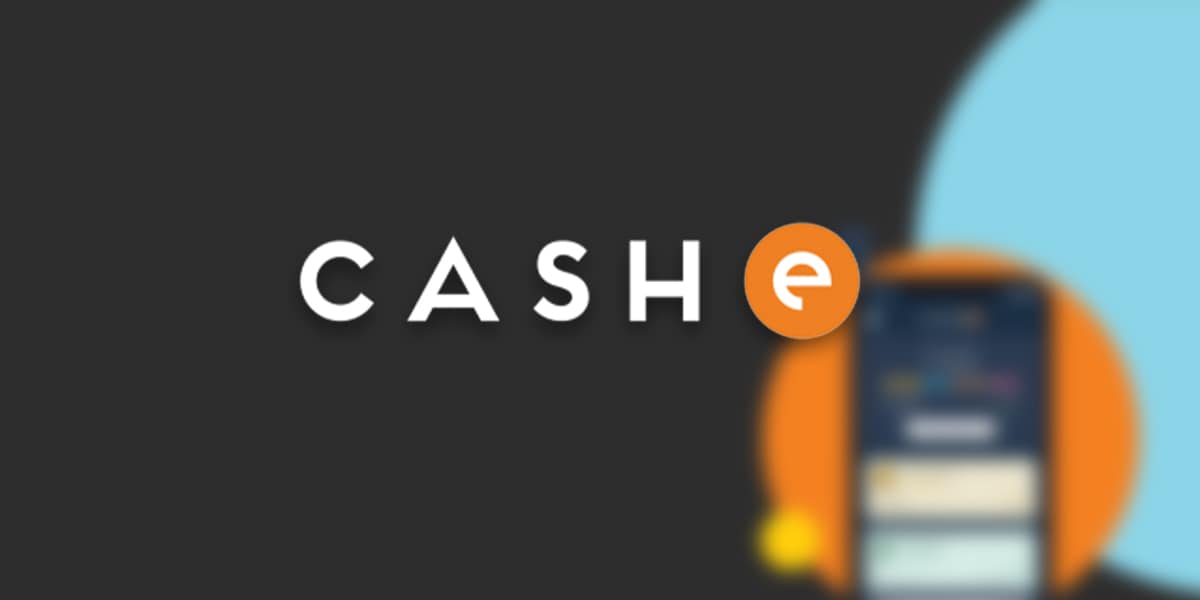The Big Lie: Bitcoin to hedge against inflation

Inflation is insidious, sucking the life out of the economies of individuals, families and nations. The June 2022 US inflation rate was 9.1%, the highest monthly inflation rate since November 1981. The highest inflation rate was recorded in April 1980 at 14.76%. We haven’t reached that point – yet.
Consider how inflation causes the value of the US dollar to decrease in value. This is why it’s getting harder for families to make ends meet – their paychecks just aren’t buying what they used to. Here’s How Inflation Has Devalued US Currency –
- What $1.00 bought in 1980 would cost $3.60 today
- What $1.00 bought in 1990 would cost $2.27 today
- What $1.00 bought in 2000 would cost $1.72 today
- What $1.00 bought in 2015 would cost $1.25 today
Inflation also affects investment portfolios negatively. Let’s say a stock returns 8%, but imagine there is an inflation rate of 9%. So investors actually lose 1% on the return.
An inflation hedge theoretically compensates for the reduced purchasing power of a currency that loses its value due to rising prices as a result of inflation. This is an investment that hopes to retain or increase in value while other investments may decrease in value.
Over the years, gold has been touted as a hedge against inflation – gold stocks, gold bars and gold coins. Gold has been seen as an inflation hedge because it often increases in value when the value of the currency decreases. But the spot price of gold fluctuates and investors sometimes have to hold it for a long time.
Consider how the spot price of gold has fluctuated since 1980 —
- 1980 – $594.90
- 1990 – $386.20
- 2000 – $272.65
- 2015 – $1060
- July 20, 2022 – $1,714
So has gold really been a reliable hedge against inflation? It is certainly debatable.
In the last 12 years, Bitcoin has BTC/USD has been promoted by enthusiasts as a hedge against inflation. Since Bitcoin is limited to only 21 million coins, they claimed that it would be able to perform better than gold. Bitcoin enthusiasts said Bitcoin is immune to the impact of worldwide political tensions or government policies. They made such a claim because of Bitcoin’s decentralized nature. In May 2020, billionaire investor Paul Tudor Jones reportedly bought Bitcoin as an inflation hedge.
The rapid rise in the price of Bitcoin seemed to back up such claims –
|
Date
|
US inflation rate
|
Gold spot price
|
Bitcoin price
|
|
May 2020
|
0.12%
|
$1,715.91
|
$9,461.06
|
|
December 2020
|
1.36%
|
$1,858.42
|
$29,001.72
|
|
June 2021
|
5.39%
|
$1,834.57
|
$35,040.84
|
|
December 2021
|
7.04%
|
$1,790.43
|
$46,306.45
|
|
February 2022
|
7.87%
|
$1,856.30
|
$43,193.23
|
|
March 2022
|
8.54%
|
$1,947.83
|
$45,538.68
|
But at the end of March 2022, the price of Bitcoin started to drop – and drop – and fall as inflation rose. See where things stood at the end of June—
|
June 2022
|
9.1%
|
$1,836.57
|
$19,784.73
|
So what happened? If Bitcoin was the inflation hedge it was promoted to be, why did its price start collapsing at the end of March 2022? Some have blamed ordinary, everyday people who invested their stimulus checks in Bitcoin and caused the overvaluation. Others blamed general investor sentiment for Bitcoin’s high valuation. The more investors who believe in it and buy it, the higher the price, and vice versa.
Was it a big lie that Bitcoin was promoted as a hedge against inflation? Not necessarily. Gold has been around for thousands of years – Bitcoin for just 12 years. Crypto is too young to know for sure how inflation will affect it.
Some say Bitcoin and all crypto should be treated like a tech stock. Others have suggested that investors should only buy as much Bitcoin as they are willing to lose. Both statements seem like good advice.
Looking for ways to increase your returns? Check out Benzinga’s coverage of alternative investments:
Image by DesignRage on Shutterstock












![Bitcoin [BTC]: Why a hash rate hike will favor the bears Bitcoin [BTC]: Why a hash rate hike will favor the bears](https://www.cryptoproductivity.org/wp-content/uploads/2023/02/po-2023-02-23T090748.565-1000x600-120x120.png)











